A hands-on game to play when learning about subtracting numbers.
Print a class set of puzzles to use during numeracy activities. Keep all the addition puzzle pieces together in one bag.
Students use their knowledge of subtraction and numbers to complete the puzzles correctly.
Download includes a high and low colour version.
For more ideas about how to use this resource read our blog 10 Ways to Arrange Students for Group Work.

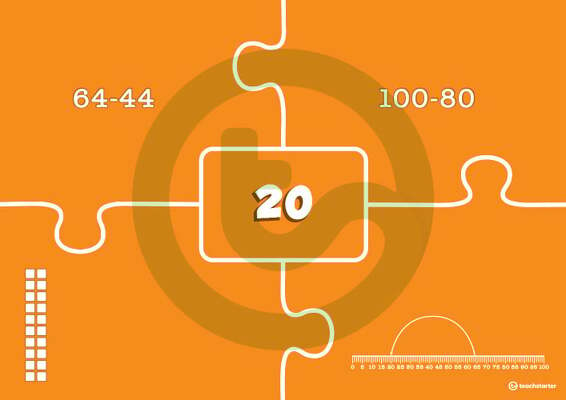
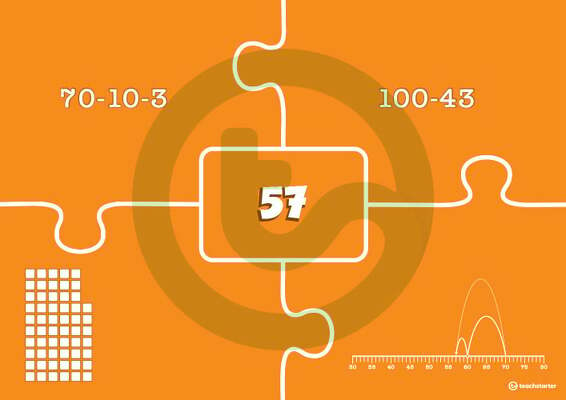
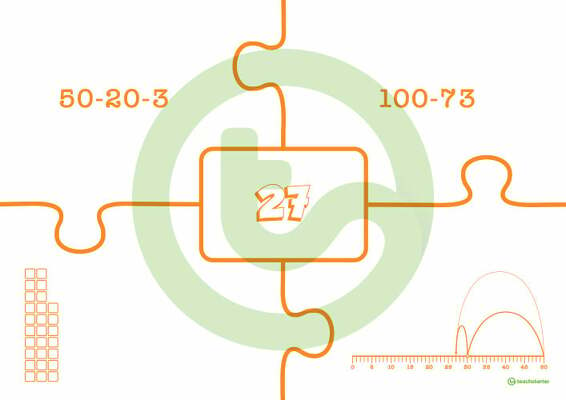

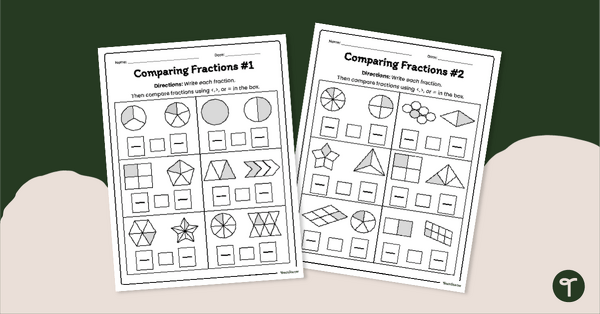
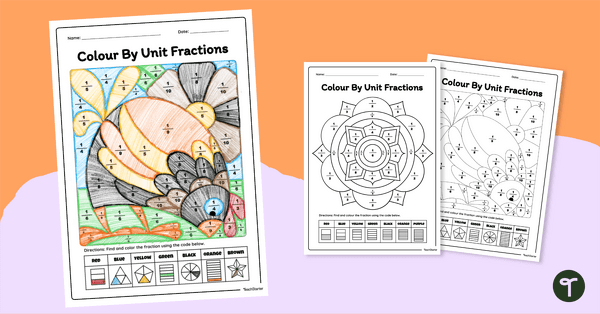
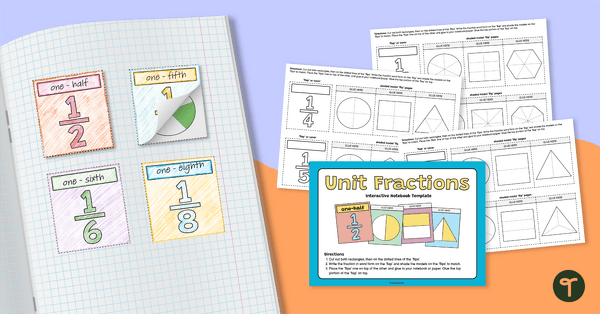
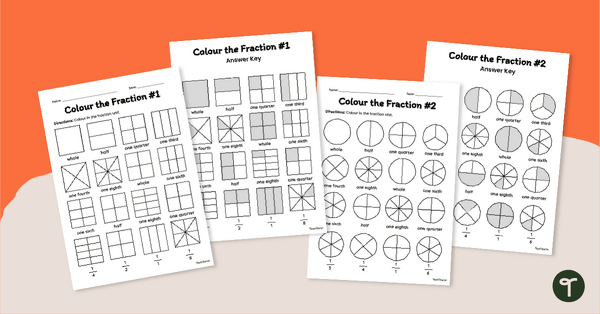
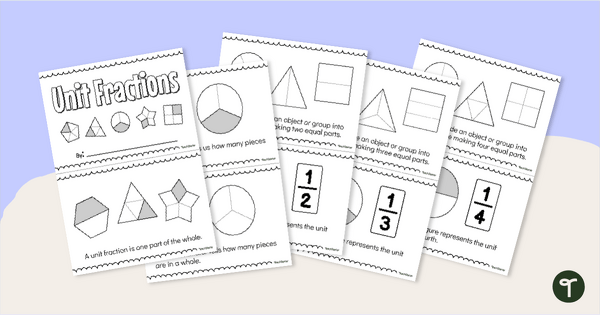
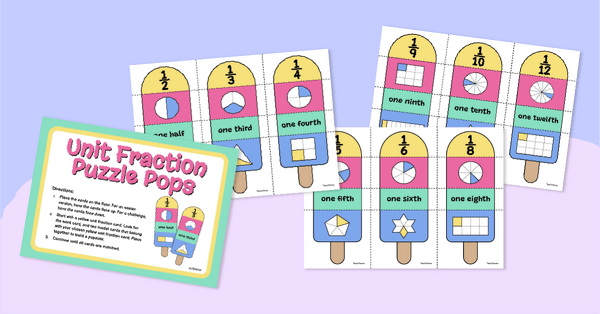
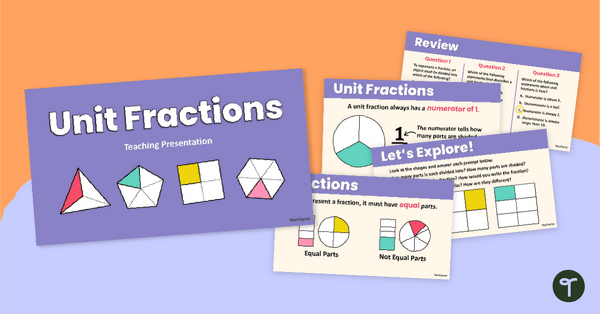
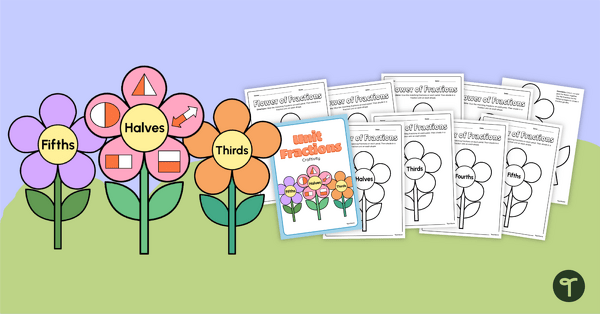
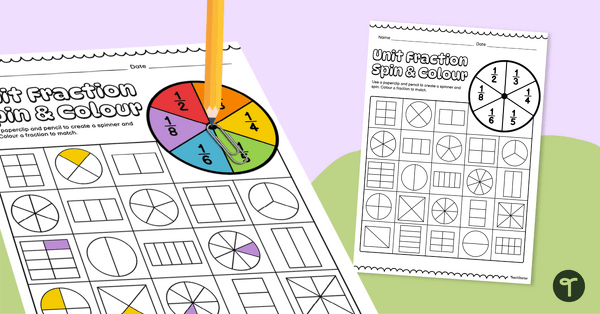
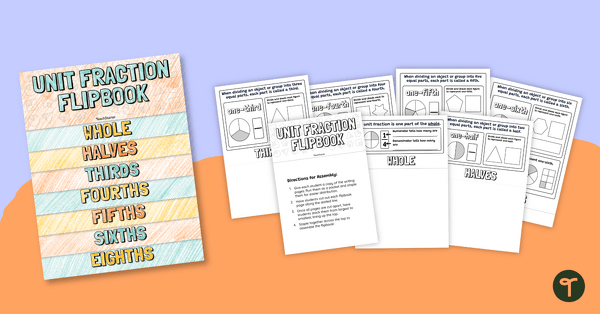
0 Comments
Write a review to help other teachers and parents like yourself. If you'd like to request a change to this resource, or report an error, select the corresponding tab above.